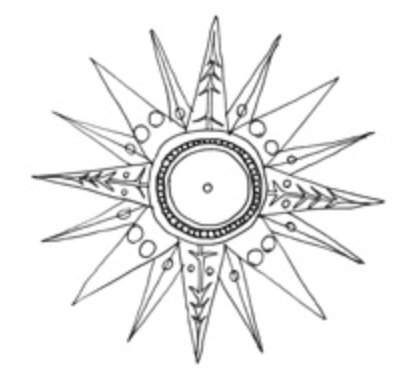The two lengths of string either side of the slide can be plucked/struck separately, similar to a guitarists’ ‘bottle neck’ technique.
An example of ‘bottle neck’ technique, with a glissando.
Glissandi with slides
Contrary motion glissandi effects are possible by moving the slide up and down the string. As one pitch is raised the other is lowered.
The amplitude and duration of these pitches are inversely proportional to damping at the slide. Damping is minimised by using a dense slide object and/or by increasing the weight of the slide/the pressure between slide and string. The more damping is reduced, the more possibilities there are for longer, wider glissandi.
The amplitude of the longer string is greater than that of the shorter. However at the centre of the string there is a slight bias towards the pitch that is transmitted via the bridge. The pitches have equal amplitude near the centre of the string, a short distance closer to the bridge than the nut.
For light, dense slide objects applied before/after high excitation forces, the string might rattle against the object.
Slide glissandi with a light, dense slide object (a glass tube) that rattles against the string.
↩︎Slide Effects: Placing a slide object on the string during decay


